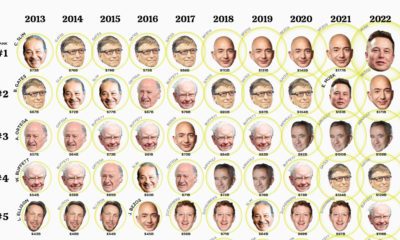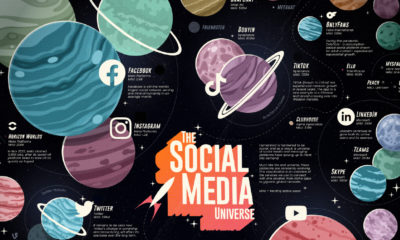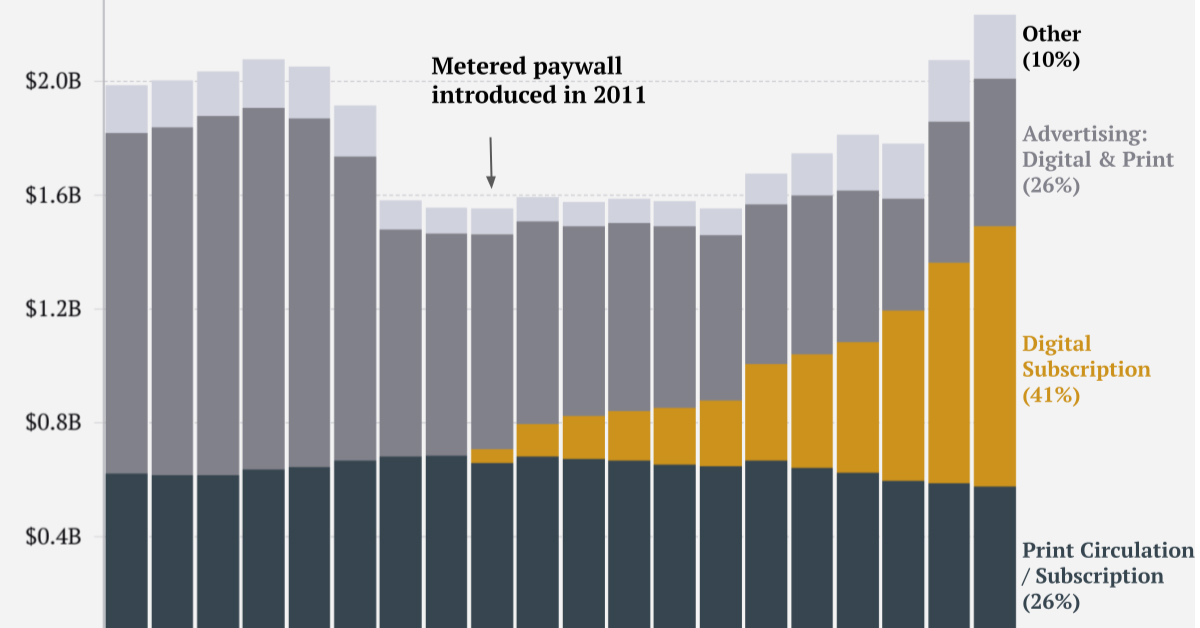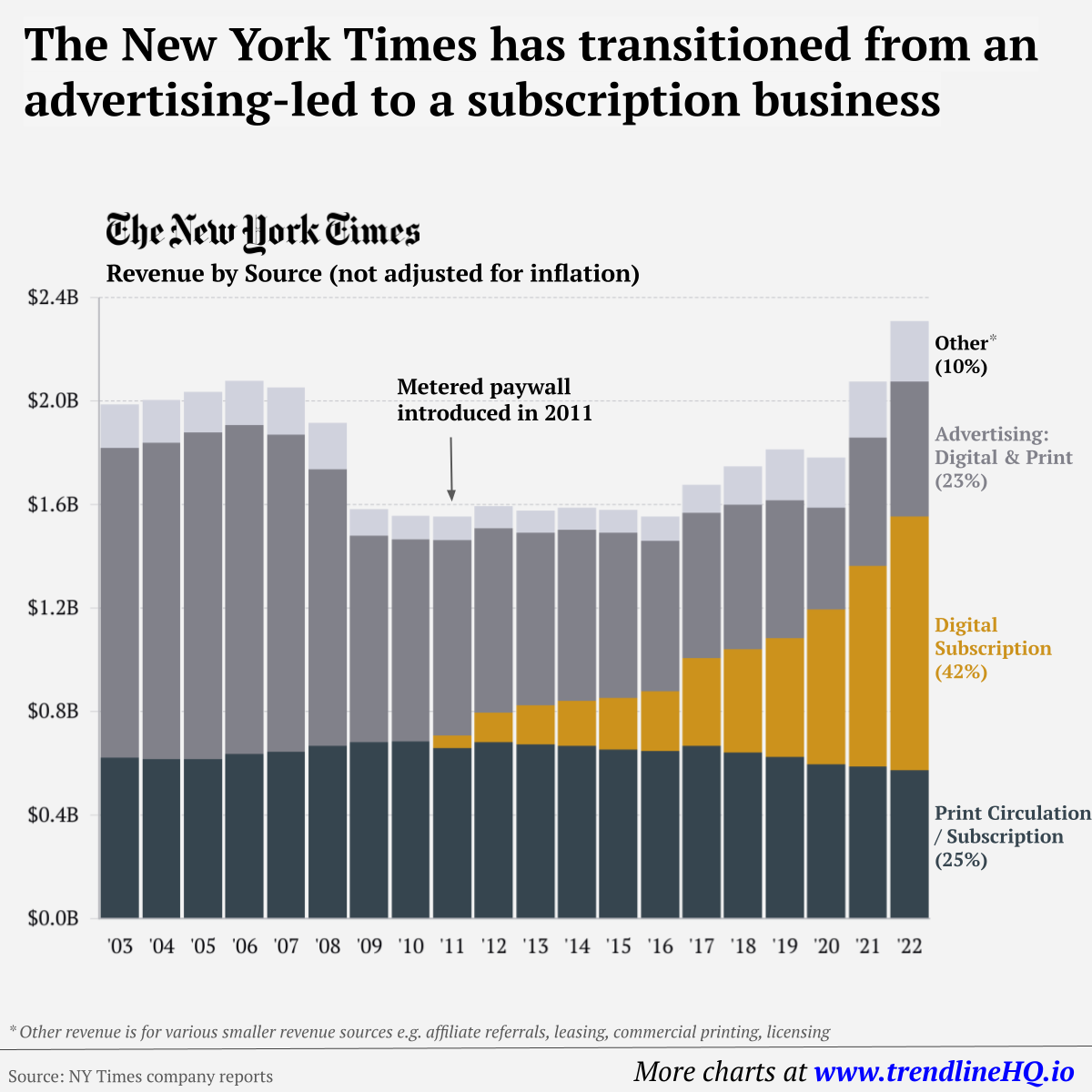10 Mind Blowing Facts About Tesla Motors (TSLA)
On June 12, 2014, Elon Musk shocked the business world by revealing that Tesla Motors (TSLA) will not initiate patent lawsuits against anyone who uses their technology in good faith. This foresight by Tesla could help tip the auto industry away from gasoline and diesel engines towards more eco-friendly electric cars. The aftermath of such a mass consumer switch could also create a big opportunity for Tesla Motors and investors to profit. With that in mind, we have assembled 10 mind blowing facts about Tesla. Our favourite? Even though CEO Elon Musk owns 23% of the company and is often credited with a great deal of the company’s success, it is often forgotten that he did not actually start the company. After his first investment in Tesla in 2004, he originally came on to the board of directors as chairman. It was not until the 2008 financial crisis that he came on as CEO. Side note: It’s also pretty amazing that the tires and windshield wipers are the only parts that need regular replacement on a Tesla Model S. Sources: Forbes, Quora, Mashable on Similar to the the precedent set by the music industry, many news outlets have also been figuring out how to transition into a paid digital monetization model. Over the past decade or so, The New York Times (NY Times)—one of the world’s most iconic and widely read news organizations—has been transforming its revenue model to fit this trend. This chart from creator Trendline uses annual reports from the The New York Times Company to visualize how this seemingly simple transition helped the organization adapt to the digital era.
The New York Times’ Revenue Transition
The NY Times has always been one of the world’s most-widely circulated papers. Before the launch of its digital subscription model, it earned half its revenue from print and online advertisements. The rest of its income came in through circulation and other avenues including licensing, referrals, commercial printing, events, and so on. But after annual revenues dropped by more than $500 million from 2006 to 2010, something had to change. In 2011, the NY Times launched its new digital subscription model and put some of its online articles behind a paywall. It bet that consumers would be willing to pay for quality content. And while it faced a rocky start, with revenue through print circulation and advertising slowly dwindling and some consumers frustrated that once-available content was now paywalled, its income through digital subscriptions began to climb. After digital subscription revenues first launched in 2011, they totaled to $47 million of revenue in their first year. By 2022 they had climbed to $979 million and accounted for 42% of total revenue.
Why Are Readers Paying for News?
More than half of U.S. adults subscribe to the news in some format. That (perhaps surprisingly) includes around four out of 10 adults under the age of 35. One of the main reasons cited for this was the consistency of publications in covering a variety of news topics. And given the NY Times’ popularity, it’s no surprise that it recently ranked as the most popular news subscription.















